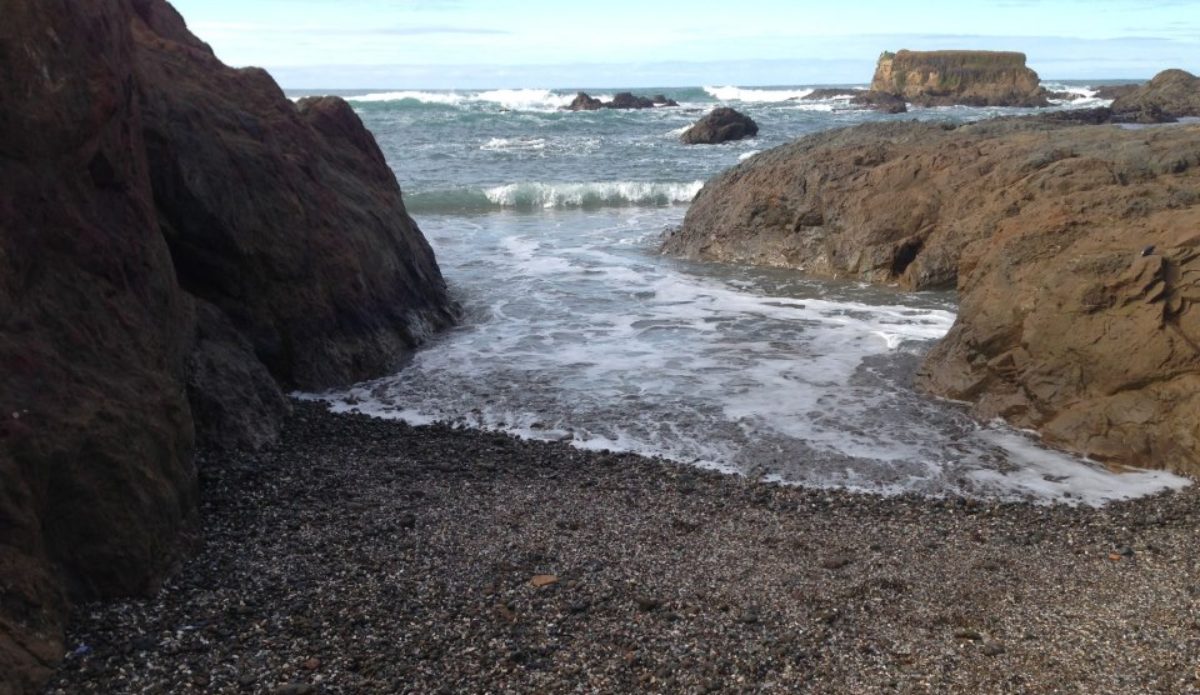I’m going to post some pictures of French landmarks and then talk about them a little. If there’s anything you want to add or any landmarks you feel like should have been included, feel free to comment below!
Le Tour Eiffel

The Eiffel Tower, possibly France’s most iconic landmark, was constructed for the 1889’s World Fair (where they celebrated the 100th year since the storming of the bastille). It was constructed from 1887-1889, and named after the engineer whose company designed and built it, Gustave Eiffel. It is the most visited pay-to-see monument in the world. In my opinion, going up the elevator and down the stairs is the way to go (if possible)!
The guy on the Eiffel Tower elevator

This is something that few talk about but I love! This guy rides on the back of the elevator! The only reason I know this is because I saw him while I was riding the elevator up (and was so shocked). And then again walking down the stairs.
L’Arc de Triomphe de l’Étoile

Inspired by the Roman Arc of Titus, the Arc de Triomphe honors the soldiers that fought and died in the French Revolution and the Napoleonic Wars. The name of the victories and generals are inscribed on the arc, and beneath it resides the Tomb of the Unknown Soldier.
Le Louvre

The Louvre is the largest, and most visited, museum in the world with approximately 38,000 objects on display. It was originally built to be a fortress for Phillip II in the 12th century (there are still remnants of the fortress in the basement). As Paris began to expand, it made defending Paris with the fortress impossible, and was converted into the main residence for French Kings in 1546. In 1682, it displayed the royal collection of art, and finally in 1793, it became the museum we think of it as (but with a lot less art in 1793). You didn’t ask but my favorite piece in the Louvre is the Winged Victory of Samothrace (my favorite in general, really).
Notre-Dame de Paris

You might know the Notre-Dame from The Hunchback of Notre Dame. The Notre-Dame is one of the largest and most well-known churches in the world. It is considered one of the finest examples of French Gothic Architecture. The construction began in 1160 and finally ended in 1345. If you’re there, you can attend mass (it remains an operational church to this day) or take a tour. Underneath the church lies the archeological crypt, which was created in 1965 to protect the ruins discovered during the construction of the Notre-Dame.
Le Château de Versailles

Just thirty minutes outside of Paris, lies the Château de Versailles. When it was first built, it was small. However, it was expanded upon and built to be the center of politics under King Louis XIV, and remained the center until the French Revolution. I’ve never been but in pictures, it’s stunning! It’s also been classified by the United Nations Educational, Scientific and Cultural Organization (UNESCO) to be a World Heritage site.
Le Mont Saint-Michel

Mont Saint-Michel is an island town in Normandy, France. In 2009, 44 people lived in Mont Saint-Michel, and it has been home to the monastery that gave the island its name since the 8th century (CE). The island’s easily defensible position made it so it wasn’t conquered in the Hundred Years War. It is one of France’s more recognizable landmarks with about 3 million visitors yearly. Mont Saint-Michel and its bay are classified as World Heritage Sites.
Le Pont du Gard

The Pont du Gard is an aqueduct established by the Romans in the 1st century (CE). Due to a lack of maintenance after the 4th century, the aqueduct became clogged by mineral deposits and debris that halted the flow of water and made the system unusable. Because of the uneven terrain, they needed a bridge to cross the Gardon River. That bridge has been well maintained since it’s popularly used as a toll bridge to get across the river. It is classified as a World Heritage Site.

Thank you for your sharing. I am worried that I lack creative ideas. It is your article that makes me full of hope. Thank you. But, I have a question, can you help me?